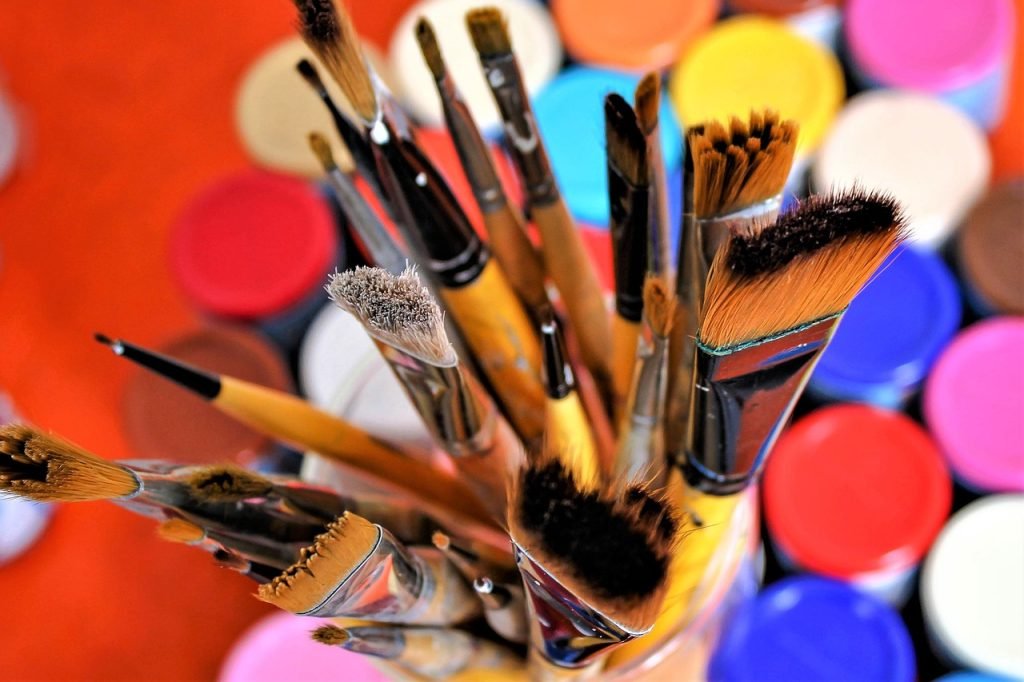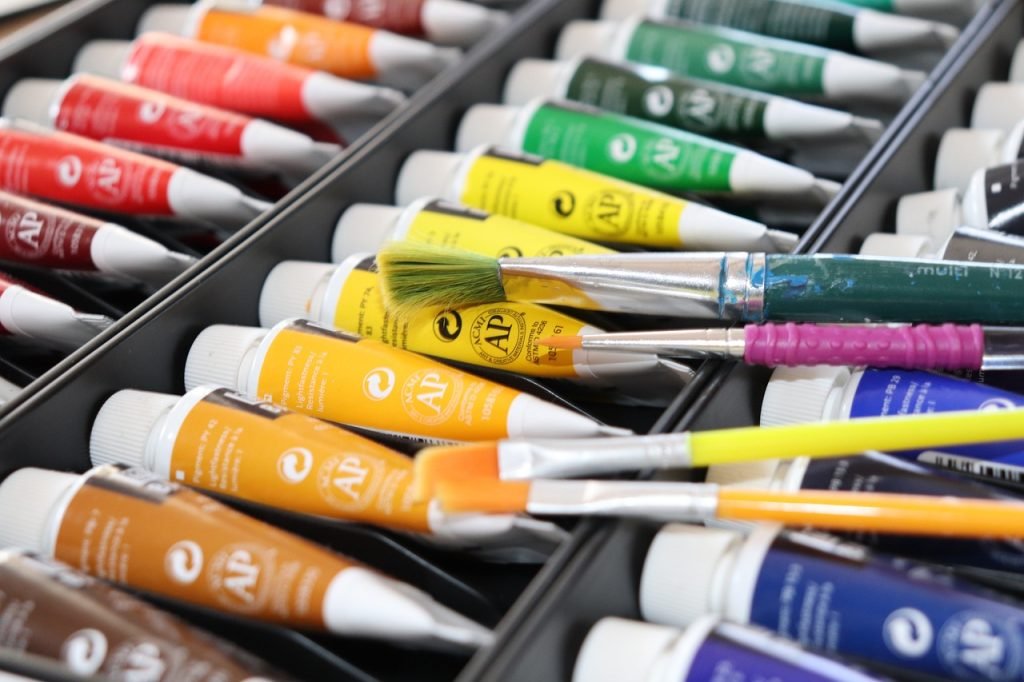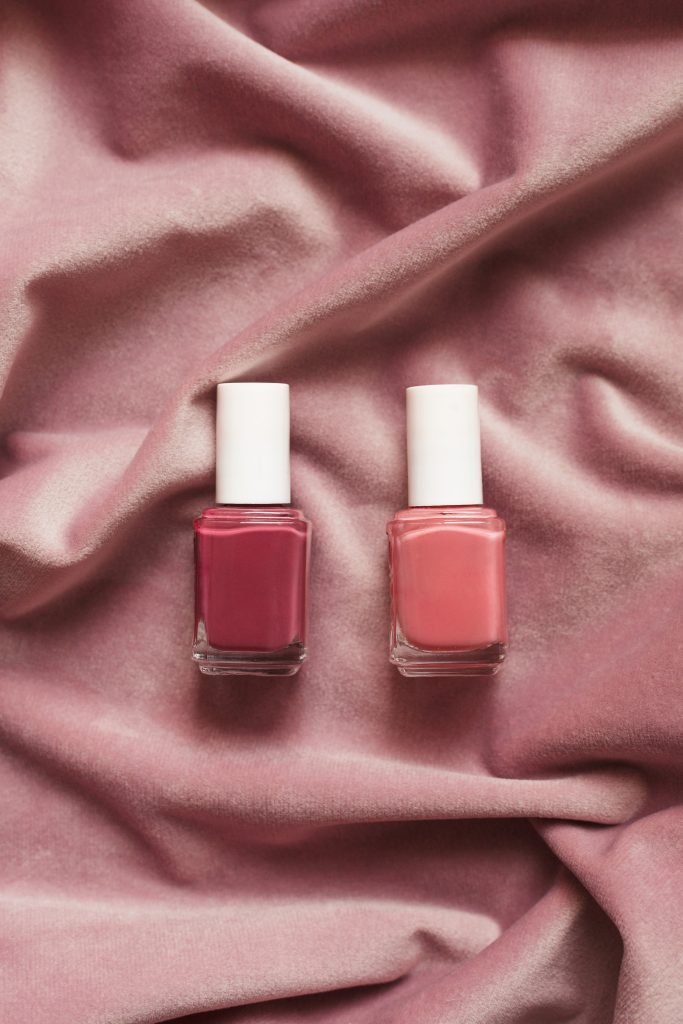
Painting polymer clay creations can take your artistic endeavors to a whole new level, adding depth, vibrancy, and personality to your sculptures, jewelry, and other craft projects. Whether you’re a seasoned artist or a beginner, this article will guide you through the process of painting polymer creations, from preparation to finishing touches, to achieve stunning results that will leave a lasting impression.
What type of paint should I choose?

When painting polymer clay, you can use various types of paint, but it’s essential to choose paints that adhere well to the clay surface and won’t easily peel or chip off. Here are some suitable types of paint for polymer clay:
1. Acrylic Paints: Acrylic paints are a popular choice for painting polymer clay.
2. Alcohol Inks: They are dye-based and can create beautiful translucent effects on the clay surface. Alcohol inks work well on both raw and baked polymer clay.
3. Oil Paints: Oil paints can be used on baked polymer clay to add depth and shading. They take longer to dry compared to acrylic paints, so you’ll need to be patient during the painting process.
4. Powdered Pigments: Powdered pigments, such as mica powders, can be mixed with various mediums like water, alcohol, or clear varnish to create metallic or pearlescent effects on polymer clay.
5. Soft Pastels: Soft pastels can be used to add subtle color to your polymer clay creations. They work best on baked clay and can be applied with a brush or directly onto the surface.
6. Chalk Pastels: Chalk pastels can also be used on baked polymer clay to add color and can be blended easily to create soft gradients.
Personally I think that acrylic paint is indeed one of the best and most commonly used types of paint for polymer clay.

1. Adhesion: Acrylic paint adheres exceptionally well to polymer clay surfaces, creating a strong bond that reduces the risk of peeling or chipping off after application.
2. Versatility: Acrylic paints come in a vast array of colors, including metallics and special effects, allowing artists to achieve various looks and finishes for their creations.
3. Ease of Use: Acrylic paints are user-friendly and straightforward to work with. They can be thinned with water or acrylic mediums, allowing for different painting techniques such as washes, glazes, or dry brushing.
4. Fast Drying Time: Acrylic paints dry relatively quickly, which means you can proceed with additional layers or details without waiting for an extended period.
5. Compatibility: Acrylic paints are compatible with most sealants used on polymer clay, ensuring the painted surface can be protected and preserved effectively.
6. Availability and Cost: Acrylic paints are widely available at art supply stores, online retailers, and even in many hobby and craft shops. They are generally affordable, making them accessible to artists with different budgets.
When I paint my polymer clay ?
When you paint your polymer clay depends on the specific project and the effect you want to achieve. Here are two common scenarios:
1. Painting before baking:
If you want to create a blended or layered effect with the paint, you can paint the raw polymer clay before baking it. In this case, you’ll apply the paint directly to the raw clay surface, and then bake the clay following the manufacturer’s instructions. Keep in mind that the paint may change slightly during baking, so it’s essential to test your paint on a small piece of clay before applying it to your main project.
2. Painting after baking:
If you prefer to have more control over the colors and details, or if you plan to use techniques like dry brushing or adding fine details, it’s better to paint the polymer clay after it has been baked and cooled. Once the clay is baked and hardened, you can use acrylic paints, alcohol inks, or other suitable paint mediums to decorate and enhance the surface.
Ultimately, the choice of when to paint your polymer clay depends on your artistic vision and the specific techniques you want to use to achieve the desired result.
Can You Paint Polymer Clay With Nail Polish?

Yes, you can use nail polish to paint polymer clay, but there are some considerations you should keep in mind:
1. Adhesion: Nail polish may not adhere as well to polymer clay as other types of paint, such as acrylic paints. Polymer clay surfaces are relatively smooth and may not provide enough texture for nail polish to grip onto effectively. This can result in the nail polish peeling or chipping off the clay over time.
2. Chemical Reactions: Some nail polishes may contain chemicals that can interact with the polymer clay, causing the clay to become sticky, soften, or even dissolve. To avoid potential issues, it’s best to test a small amount of nail polish on a scrap piece of polymer clay before applying it to your main project.
3. Colors and Effects: Nail polishes come in a wide range of colors and finishes, including shimmer, glitter, and metallic. While these effects can be appealing, they might not behave the same way on polymer clay as they do on nails.
4. Drying Time: Nail polish typically dries relatively quickly, which can be both an advantage and a challenge when painting polymer clay. It allows for quick layering and detailing but can also dry out too fast, making it difficult to blend colors or create smooth transitions.
Given these considerations, it’s generally recommended to use paints specifically designed for polymer clay, if you do decide to use nail polish on polymer clay, make sure to test it beforehand and use it with caution. Additionally, you might want to seal the nail polish-painted surface with a clear varnish or sealant to provide extra protection and prevent the nail polish from wearing off over time.
Painting your polymer clay creations offers endless opportunities for creative expression. Whether you aim to add a touch of color, create a realistic appearance, or experiment with unique effects, the process of painting polymer clay is as enjoyable as the final result. Remember to practice, experiment, and let your imagination run wild. With patience and dedication, you’ll unlock the full potential of your artistic vision and craft beautiful, awe-inspiring polymer clay masterpieces. Happy painting.









